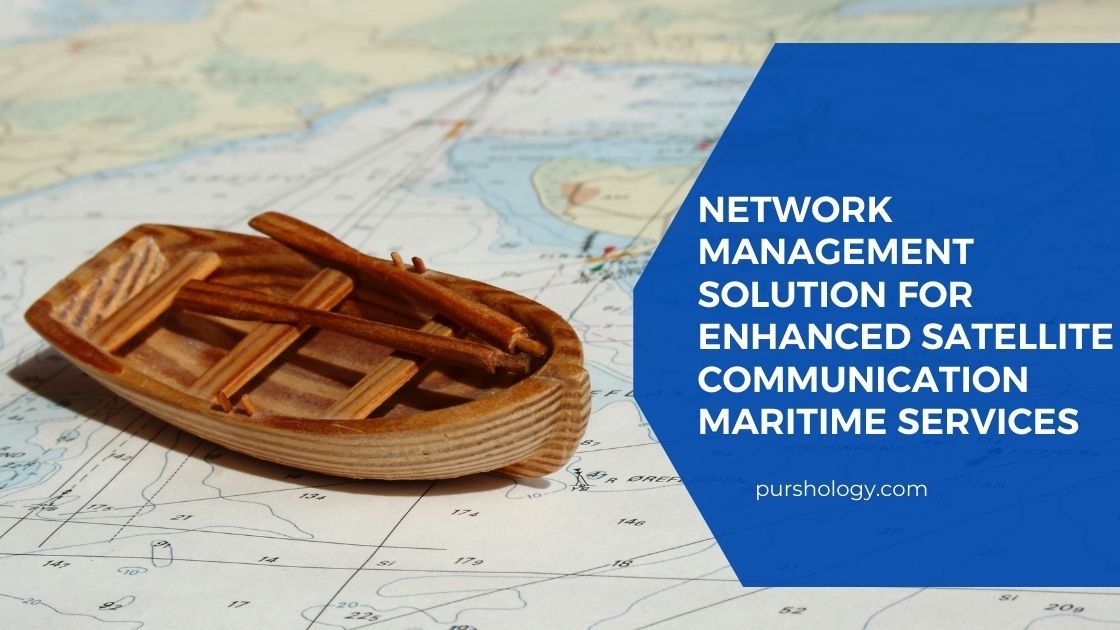The COVID-19 pandemic has taken a heavy toll on all sectors and industries. One of the hardest-hit is the maritime industry. The travel restrictions and widespread lockdowns meant ships couldn’t readily dock for maintenance and repairs. Moreover, a significant number of seafarers couldn’t be repatriated, and replacement crew couldn’t be brought in as well.
If there’s one lesson the maritime industry learned from the pandemic, it is the importance of digital systems, including digital satellite communication maritime services.
Ships equipped with digital communication systems could operate pretty much as usual by simply relying more on digital teleconferencing and remote maintenance applications. It wasn’t as easy for those who relied on onshore services to continue operating efficiently.
More importantly, digital satellite communications systems have proven essential in crew welfare. Stranded seafarers had to have the means to communicate with their loved ones at home, so ships had to provide data for business and personal connectivity.
Growing Demand for Data
According to Inmarsat data, the average daily data consumption of commercial shipping vessels tripled during the pandemic, increasing from 3.4 to 9.8 gigabytes from January 2020 to March 2021.
Admittedly, this increased demand for data was a consequence of extraordinary circumstances, i.e., the pandemic. However, this is likely to be sustained even after the pandemic due to the emerging preference for internet-of-things (IoT) maritime solutions.
During the pandemic, the use of remote navigation, pilotage and surveying services gained traction. Ships were monitored and maintained remotely. Human resources had to shift towards online services like remote training and exam administration. Commercial shipping operations, meanwhile, had to rely on online platforms to accept freight orders.
It is true that the pandemic forced maritime industry players to shift to digital services. However, this led to the realisation that digital services lead to more convenience, better opportunities and lower costs.
For instance, by adopting digitalisation through fast very small aperture terminal technology (VSAT), offshore service vessels (OSVs) can reduce their operating expenses by 30 per cent. By shifting to remote maintenance, for instance, OSVs can cut their maintenance costs by 20 per cent and their fuel costs by 7 per cent.
The shift to digital services can also save OSVs money by improving crew welfare. For instance, crew members do not need to leave offshore facilities for simple medical consultations since they can now opt for medical teleconsultations. The availability of a dedicated network for personal communications can also help save money by improving crew retention rates.
The Need for a Network Management Solution
Maritime vessels, however, do not need only satellite communication systems with more considerable data capabilities. They also need a sophisticated network management solution to make data management and allocation both seamless and effortless.
OneGate from IEC Telecom is one such network management solution. It has the following features to facilitate the efficient and effective management of maritime satellite communication networks.
1. Seamless Network Switching and WAN Optimisation
OneGate has the ability to automatically switch among different networks, specifically with VSAT, L-band and global system for mobile communications (GSM). Switching is initiated depending on availability and least-cost routing protocols.
In other words, when higher-frequency bands are unavailable, the network management system will shift connectivity to the lower-frequency L-band. When terrestrial networks are available, it will switch to GSM.
The system also automatically performs TCP compression, TCP acceleration and link bonding and balancing while at the same time eliminating redundancies and avoiding unnecessary retransmissions.
Thus, OneGate assures seagoing vessels of the best yet most cost-effective connectivity available at any given time. The network management solution does all the switching in the background to ensure the least amount of disruption to shipboard services.
2. Bandwidth Segregation and Allocation
OneGate lets the network manager segregate corporate and welfare channels of communications and allot bandwidth for each. In other words, there’s a dedicated channel of communication for business-critical services and systems, and it is separate from the channel used for personal communications.
The principal benefit of this segregation is that it ensures there is always sufficient bandwidth for IoT and data-heavy processes that are crucial to business operations, services like e-commerce, pilotage, surveying, and remote maintenance, among others. No matter how much bandwidth the crew consumes in personal communications, business communications will not suffer.
3. Local and Remote Dashboard
The network management solution has both a local dashboard for local (i.e., shipboard) access and a remote dashboard for company headquarters or onshore access.
The local dashboard provides the local network manager with a hotspot management portal that gives him a comprehensive view of the network signal’s strength, bandwidth availability and data usage. He can monitor the crew members’ bandwidth use through the portal and make one-click announcements via the wide-area network.
Meanwhile, the remote dashboard makes the seagoing vessel network visible to a remote, onshore location. The onshore network manager can check data usage, data allocations, signal strength, and other network statistics through the remote dashboard.
The local dashboard provides granular control to the ship’s captain or his designated network manager. Thus, the local network manager can make network decisions based on shipboard circumstances. They can provide and deny individuals network access on a case-to-case basis and prohibit or allow applications as preferred or as needed.
Meanwhile, the availability of a remote dashboard ensures company headquarters can track and monitor their seagoing vessels’ data usage and costs. It also helps headquarters keep corporate and welfare/social environments segregated.
4. Crew Vouchers
OneGate lets the local network manager create network access vouchers for individual members of the crew. This gives crew members a set amount of data allocation, which they can use on whichever internet application they wish. Using their data allocation, they can go on social media sites, make voice-over-internet protocol calls, and do other things.
The data access voucher provision means maritime companies can provide enhanced crew welfare. Crew members will have high-speed internet to use for personal and social communications. This also has the benefit of improving retention and reducing crew attrition.
5. In-Built Wi-Fi Router
The network management solution also comes with an in-built Wi-Fi router. This means there is no need for every crew member to have satellite phones to interface with the satellite communications network. They can use their smartphones or their personal devices to access the ship’s network.
Inevitable Digitalisation of Shipboard Operations
The pandemic stranded a lot of ships and crew. However, it has also led to the prioritisation of more efficient and cost-effective IoT-based maritime systems.
Providing bigger data allocations is not enough, however. To maximise the benefits of digital services, seagoing vessels must also have a sophisticated network management system in place to help manage access to their network and data.




